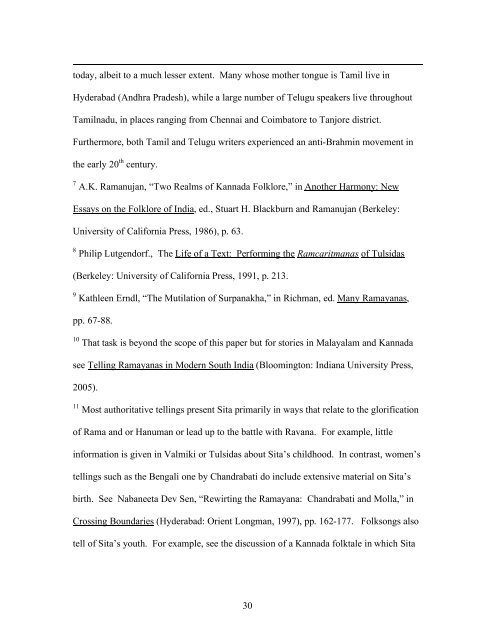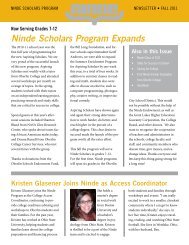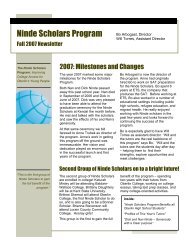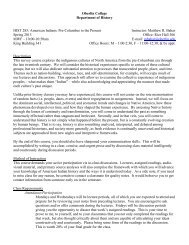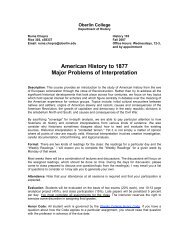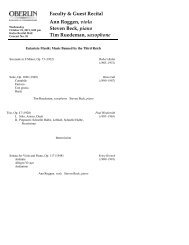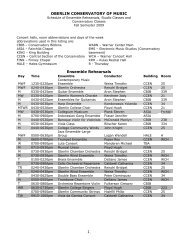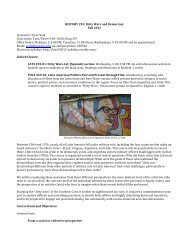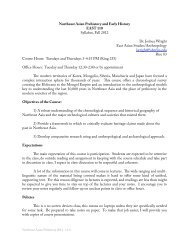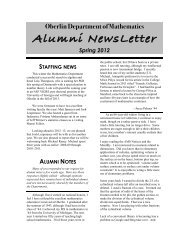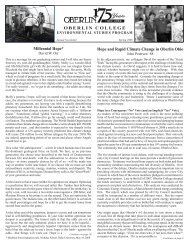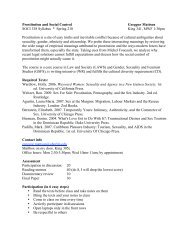Against the Current: Sita and Her Foils in - Bad Request
Against the Current: Sita and Her Foils in - Bad Request
Against the Current: Sita and Her Foils in - Bad Request
Create successful ePaper yourself
Turn your PDF publications into a flip-book with our unique Google optimized e-Paper software.
today, albeit to a much lesser extent. Many whose mo<strong>the</strong>r tongue is Tamil live <strong>in</strong><br />
Hyderabad (Andhra Pradesh), while a large number of Telugu speakers live throughout<br />
Tamilnadu, <strong>in</strong> places rang<strong>in</strong>g from Chennai <strong>and</strong> Coimbatore to Tanjore district.<br />
Fur<strong>the</strong>rmore, both Tamil <strong>and</strong> Telugu writers experienced an anti-Brahm<strong>in</strong> movement <strong>in</strong><br />
<strong>the</strong> early 20 th century.<br />
7 A.K. Ramanujan, “Two Realms of Kannada Folklore,” <strong>in</strong> Ano<strong>the</strong>r Harmony: New<br />
Essays on <strong>the</strong> Folklore of India, ed., Stuart H. Blackburn <strong>and</strong> Ramanujan (Berkeley:<br />
University of California Press, 1986), p. 63.<br />
8 Philip Lutgendorf., The Life of a Text: Perform<strong>in</strong>g <strong>the</strong> Ramcaritmanas of Tulsidas<br />
(Berkeley: University of California Press, 1991, p. 213.<br />
9 Kathleen Erndl, “The Mutilation of Surpanakha,” <strong>in</strong> Richman, ed. Many Ramayanas,<br />
pp. 67-88.<br />
10 That task is beyond <strong>the</strong> scope of this paper but for stories <strong>in</strong> Malayalam <strong>and</strong> Kannada<br />
see Tell<strong>in</strong>g Ramayanas <strong>in</strong> Modern South India (Bloom<strong>in</strong>gton: Indiana University Press,<br />
2005).<br />
11 Most authoritative tell<strong>in</strong>gs present <strong>Sita</strong> primarily <strong>in</strong> ways that relate to <strong>the</strong> glorification<br />
of Rama <strong>and</strong> or Hanuman or lead up to <strong>the</strong> battle with Ravana. For example, little<br />
<strong>in</strong>formation is given <strong>in</strong> Valmiki or Tulsidas about <strong>Sita</strong>’s childhood. In contrast, women’s<br />
tell<strong>in</strong>gs such as <strong>the</strong> Bengali one by Ch<strong>and</strong>rabati do <strong>in</strong>clude extensive material on <strong>Sita</strong>’s<br />
birth. See Nabaneeta Dev Sen, “Rewirt<strong>in</strong>g <strong>the</strong> Ramayana: Ch<strong>and</strong>rabati <strong>and</strong> Molla,” <strong>in</strong><br />
Cross<strong>in</strong>g Boundaries (Hyderabad: Orient Longman, 1997), pp. 162-177. Folksongs also<br />
tell of <strong>Sita</strong>’s youth. For example, see <strong>the</strong> discussion of a Kannada folktale <strong>in</strong> which <strong>Sita</strong><br />
30


